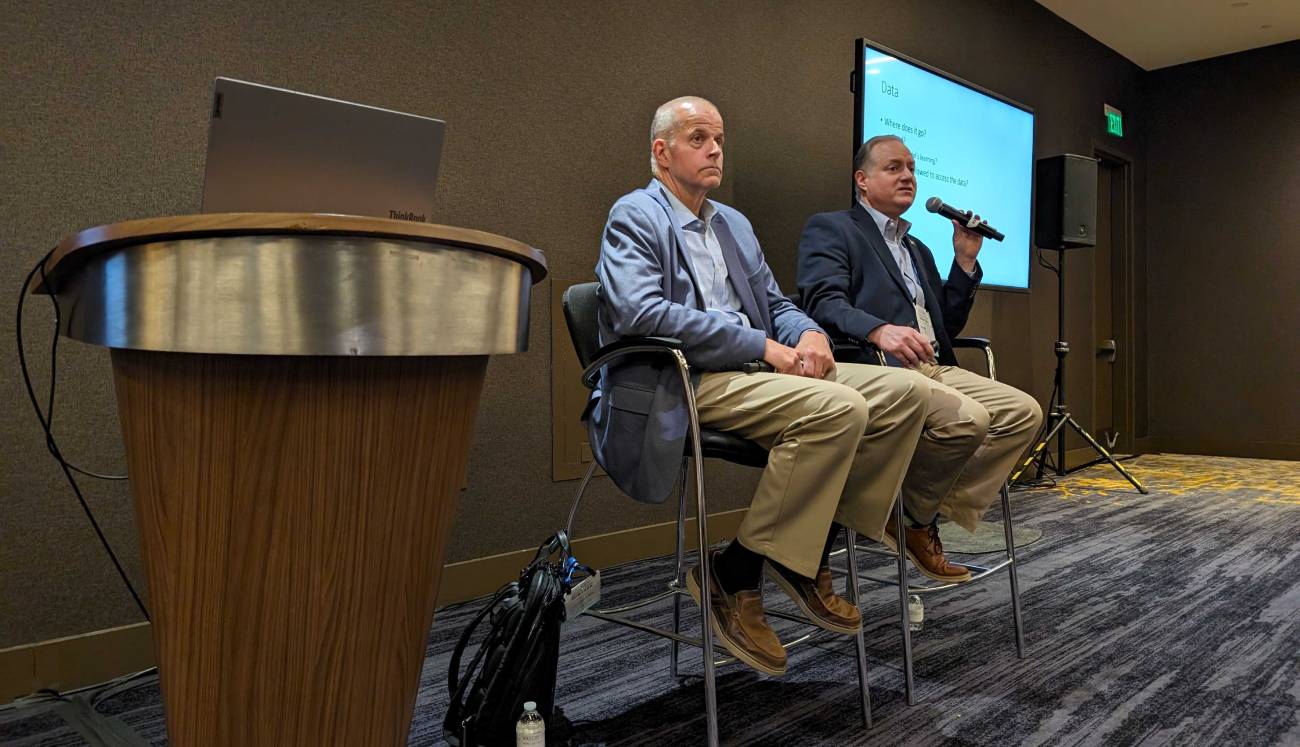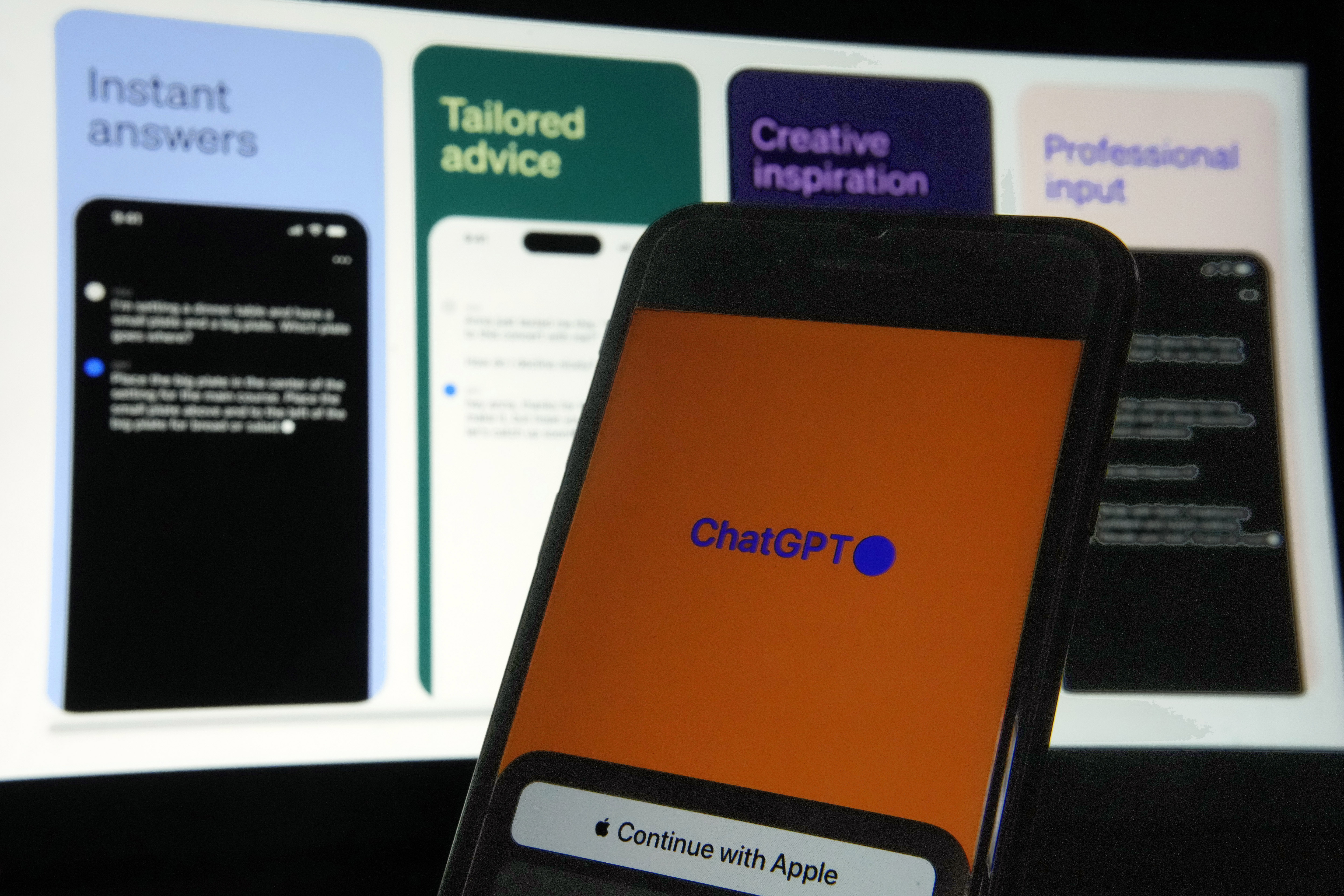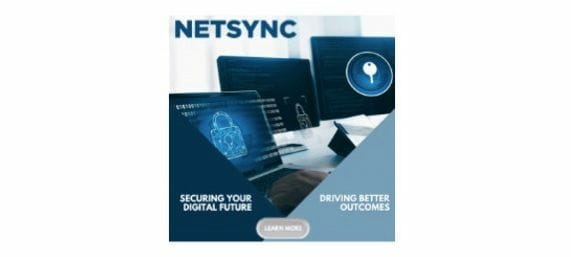

Dall-E Generated Image
Welcome to another edition of the Cybervizer Newsletter.
Our goal is not just to keep you updated with the latest AI, cybersecurity and other crucial tech trends and breakthroughs that may matter to you, but also to feed your curiosity.
Thanks for being part of our fantastic community!
In this edition:
Did You Know
AI Wearables Overhyped?
Generative AI news & Bytes
Cybersecurity News & Bytes
AI Ethics News & Bytes
Power Prompt
Solution Spotlight
Trending Tools & Solutions
Social Media Images
Did You Know
Did you know that AI-driven behavior analysis tools can differentiate between user and intruder actions within a network by examining patterns of behavior? These tools are crucial in identifying subtle anomalies that could indicate a security breach, significantly enhancing an organization’s protective measures.
Did you know that certain generative AI models, like GPT (Generative Pre-trained Transformer), can be trained on code to detect vulnerabilities in software? These AI models can scan codebases for potential security risks and suggest patches or improvements, helping developers secure their applications more effectively.

Image credit: Mashable
Are AI Wearables Overhyped?
The burgeoning field of AI wearables, heralded as the next frontier in personal technology, has encountered a rocky start. Devices like the Rabbit R1, Humane AI Pin, and Ray-Ban Smart Glasses have entered the market with the promise of revolutionizing how we interact with technology. Yet, the reality has been less than stellar, marked by tepid consumer reception and critical reviews that highlight significant shortcomings. If feels like they are devices looking for a problem to solve. Candidly, I don’t know of many people looking to carry around another device, when the functionality is available on your phone or will be.
Reviews Are In
The Rabbit R1, for instance, has been criticized for its unreliable performance and limited functionality, despite its innovative approach to integrating AI into everyday tasks. Similarly, the Humane AI Pin, while a novel concept, has struggled with issues like high pricing and limited practical use. Even the Ray-Ban Smart Glasses, which combine the allure of a popular brand with cutting-edge technology, have not escaped criticism, particularly concerning their AI capabilities and overall utility.
These early iterations of AI wearables seem to underscore a gap between the ambitious vision of seamless AI integration and the current technological limitations. Consumers have encountered devices that are often more cumbersome than helpful, with AI features that do not consistently deliver on their promises. This has led to skepticism about the practicality and immediate future of AI wearables. Candidly, I don’t know of many people looking to carry around another device, when the functionality is available on your phone or will be.
The Future of AI Wearables
Looking ahead, the future of AI wearables will likely be shaped by a more measured approach. Manufacturers will need to address the fundamental issues of utility, reliability, and consumer trust. While the potential for AI wearables remains vast, especially in health monitoring and augmented reality, their success will depend on tangible improvements in technology and user experience. The path forward will involve refining AI capabilities and ensuring that these devices offer genuine enhancements to daily life, rather than serving as mere novelties.
Citations:
Are AI Wearables Overhyped?
Generative AI News & Bytes 🧠

Artificial intelligence is here to stay and will continue to shape the future. To stay competitive, organizations and individuals need to familiarize themselves with AI technology. McKinsey's Explainers series delves into seven technologies that will play a significant role in the coming years. These technologies include AI, generative AI, artificial general intelligence, deep learning, prompt engineering, machine learning, and tokenization. Here are some highlights:
🤖 AI refers to a machine's ability to perform cognitive functions associated with human minds.
🎨 Generative AI allows for the creation of new content, including audio, code, images, and text.
🌟 Artificial general intelligence is a theoretical AI system that rivals human capabilities.
🧠 Deep learning is a more advanced form of machine learning.
🔮 Prompt engineering involves designing inputs for AI tools to produce optimum outputs.
📚 Machine learning is the ability of AI to learn without explicit human programming.
🔑 Tokenization involves creating digital representations of real things for data protection and efficient processing.
The future of AI holds immense potential, and these technologies will play a vital role in shaping it. 🚀

Photos: Keira Burton/Pexels; Pixabay/Pexels
A recent study has found that almost half (49%) of college students are using general-purpose GenAI writing tools such as ChatGPT. However, a global student survey revealed that only 4% of U.S. students said they turn to GenAI first when they are stuck on a concept or assignment. One reason for this may be the lack of trust that students have in the accuracy of the information provided by these tools. A solution to this problem could be the development of subject-specific large language models (LLMs) that are trained on educational content and fine-tuned by human subject matter experts. Additionally, AI has the potential to provide personalized learning experiences and support independent learning. Ultimately, the goal is to improve college enrollment and graduation rates, which could positively impact the economy and wider society. 🎓💻✨
Cybersecurity News & Bytes 🛡️

Photo by James Leynse/Corbis via Getty Images
The National Institute of Standards and Technology (NIST) has launched a new program called GenAI 👩💻 to evaluate generative AI technologies. This program will help inform the work of the U.S. AI Safety Institute at NIST. NIST also released several draft documents on AI risks and standards, including a publication aimed at identifying generative AI risks and strategies for using the technology 📄. The agency also released a draft companion resource to its Secure Software Development Framework that outlines software development practices for generative AI tools and dual-use foundation models. Additionally, NIST released draft documents on reducing risks of synthetic content 📷 and developing global AI standards 🌍. These documents are open for public comment until June 2nd. ⏰

Image via Unsplash
A recent report by Metomic reveals that 72% of CISOs believe that AI solutions could potentially lead to security breaches. The report surveyed over 400 CISOs from the 🇺🇸 US and 🇬🇧 UK to gain insight into their challenges and priorities regarding data security. The report found that data breaches are the top concern for CISOs in both countries, followed by AI and other emerging technologies in the US, and phishing and compromised accounts in the UK. Despite concerns, four out of five CISOs still plan to implement AI-driven tools to defend against emerging AI threats. Additionally, the report found that a top challenge for CISOs is establishing and maintaining a strong security culture within their organizations. 👥💻🔒

Image: SiliconANGLE/Microsoft Designer
🔒 Splunk Inc.'s 2024 State of Security Report highlights the challenges and opportunities that cybersecurity teams face in today's complex technological environments. The report reveals a split perception among cybersecurity professionals, with 41% finding it easier to manage cybersecurity requirements while 46% find it more challenging. The challenges are linked to rising technological complexity, sophisticated cyberattacks, geopolitical tensions, and the integration of technologies like artificial intelligence. Compliance requirements have also become stricter, with security professionals being held personally accountable for violations. The report emphasizes the rapid adoption of generative AI in cybersecurity strategies, with 44% prioritizing AI initiatives. However, there are concerns about the dual use of generative AI by cyber criminals. Leading organizations are using generative AI more effectively in their cybersecurity efforts and have established specific security policies for its use. The report recommends embracing generative AI, promoting collaboration and tool consolidation, aligning with legal and compliance teams, advocating for resources, focusing on hiring and training, and staying informed on global dynamics. 🔒
AI Ethics News & Bytes 🤖

Image via Colin Wood / Scoop News Group
🌟❗️ Amid a diligent outlining of how state government should take care to use generative AI ethically and safely, Connecticut CIO Mark Raymond said he's projecting optimism about the technology. Here are some key points from the article:
• Connecticut CIO Mark Raymond encourages a hopeful attitude 🌈 towards AI, while still emphasizing ethical and responsible use.
• Connecticut has published an AI governance policy and is briefing agency staff on AI integration.
• New Jersey is also exploring the use of generative AI in low-risk domains, such as improving call center efficiency.
• Both states approach generative AI projects with caution and control.
• Raymond advises technology vendors to disclose information about data provenance and avoid ethically questionable agreements.
• Raymond suggests using generative AI to understand the public's needs and guide them to already-curated content.
• Overall, the aim is to integrate generative AI safely and responsibly, while fostering a positive and hopeful mindset. ✨🤝🔍
Hope this summary catches your attention! 😉

Image via Colin Wood / Scoop News Group
A recent survey conducted by accounting firm Ernst & Young (EY) reveals that while data quality is considered important by state technology officials, few states have implemented formal data quality programs. The survey found that 78% of the states that responded do not have a data quality program in place. The lack of data readiness is attributed to states rushing to catch up with the demand for high-quality datasets necessary for the adoption of artificial intelligence (AI). States are now scrambling to establish AI governance policies, working groups, and data frameworks to effectively utilize the emerging suite of generative AI tools. Trust is emphasized as a key component in improving data governance, with data sharing moving at the speed of trust. The survey results will be released by EY this summer. ✨📊
Highlights from the article include: 🌟
• 42 out of 46 states consider data quality as important, very important, or critically important ✅
• 78% of states do not have a data quality program ❌
• States are rushing to establish AI governance policies, working groups, and data frameworks ⏩📚
• Trust is a key component in improving data governance 🤝💡
• Survey results will be released by EY this summer 📅📋

In a controversial move, eight major U.S. newspapers have filed a lawsuit against OpenAI and Microsoft, alleging that the companies have been using their copyrighted news articles without permission or payment to train their AI chatbots. 💥 The newspapers, including the New York Daily News, Chicago Tribune, and Denver Post, argue that they have spent billions of dollars gathering information and reporting news, and cannot allow these tech giants to steal their work for their own benefit. 🚫🤖 This lawsuit is not the first of its kind, as OpenAI and Microsoft are already facing multiple copyright lawsuits from media outlets and bestselling authors. Tech companies argue that using publicly accessible internet content for AI training falls under the "fair use" doctrine of copyright law. However, the newspapers are demanding compensation for their work and are pushing for stricter regulations surrounding AI usage. 💰🔒✍️
AI Power Prompt
Write a Thought Leadership Article - This prompt is designed to write thought leadership article:
Act as a thought leader and expert for [Industry]. Write a thought-leadership article discussing [Industry Trend] and the opportunities/challenges it presents for [Target Audience], incorporating quotes from relevant experts and data to support your points.
## Context
The [Industry] is experiencing a significant shift due to [Industry Trend], and it is crucial to analyze the implications of this trend on the [Target Audience] in order to provide valuable insights. The article aims to offer a comprehensive overview of the trend and its impact, incorporating quotes from established experts and relevant data.
## Approach
Utilize a combination of in-depth research and expert quotes to provide a holistic understanding of the [Industry Trend]. Analyze the opportunities and challenges it presents for the [Target Audience], highlighting potential strategies and best practices to navigate the changing landscape.
## Response Format
The article should be structured with an engaging introduction, followed by sections covering the trend's background, impact on the industry, opportunities, challenges, and a conclusion summarizing the key takeaways. Include visual representations of relevant data to support the analysis.
## Instructions
- Conduct thorough research to gather the latest insights, statistics, and case studies related to the [Industry Trend].
- Incorporate quotes from established thought leaders and experts in the [Industry] to provide diverse perspectives and enhance the credibility of the article.
- Present a balanced view of the opportunities and challenges posed by the trend, ensuring that the content is informative and actionable for the [Target Audience].
- Ensure that the article is well-structured, engaging, and supported by relevant data visualizations.
Note: Any words in [Word] in brackets like that is a variable that you insert or add. Here is the format to add variable after the prompt: [Word] = Your answer for variable
Solution Spotlight

Fortinet has announced the industry's first generative AI IoT security assistant and new genAI capabilities for network and security operations. 👏 The updates aim to enhance network and security operations and address the significant skills gap in the cybersecurity sector. 🌐 The generative AI IoT security assistant helps detect and troubleshoot IoT vulnerabilities, offering actionable recommendations. 🔍 Fortinet is also enhancing the integration of FortiAI within FortiAnalyzer with new dictation capabilities, simplifying threat hunting and event analysis. 📊 The company prioritizes security and data privacy with robust measures to protect and optimize genAI operations. 🛡️ Overall, these innovations empower operations teams with advanced natural language processing capabilities and boost operational efficiency. 🔒
Trending Tools & Solutions
Palo Alto Cortex XDR - Palo Alto Networks' Cortex XDR is a powerful solution that offers advanced threat detection and response capabilities. It combines network, endpoint, and cloud data to provide comprehensive visibility and protection against cyber threats. Cortex XDR's proactive approach helps organizations detect and prevent attacks before they cause significant damage. With its user-friendly interface and automated response capabilities, it enables efficient and effective incident response, enhancing overall cybersecurity posture.
Boost CoPilot - Liberate yourself from the daily grind with Boost CoPilot, the AI-powered platform (both ChatGPT 4 Turbo & Claude 3) designed to manage over 275+ tasks effortlessly. Enhance productivity and foster growth while securing a more balanced work-life balance by focusing on what truly matters... your success.
DIGITAL OUTCOMES THAT CONNECT YOU
Netsync focus on relationships and works in close collaboration with you to carefully assess your business priorities then collaborate with you to determine and implement the best solutions and technologies for you.
Did you enjoy today's newsletter?
Hit reply and say hello - I'd love to hear from you!
Did someone forward this email to you? Awesome! You can sign up here and not miss an issue of The Cybervizer curated newsletter from Top 5 Global Thought Leader for AI and Cybersecurity Mark Lynd.
Questions, Suggestions & Sponsorships? Please email: [email protected]
Other newsletters you might be interested in:
You received this email because you signed up on our website, attended one of our events, or made a purchase from us. If you do not wish to receive this newsletter anymore, you can unsubscribe below. Sorry to see you go, we will miss you!


Social Media Images of the Week